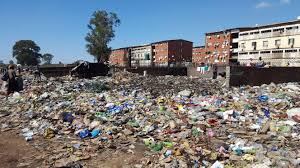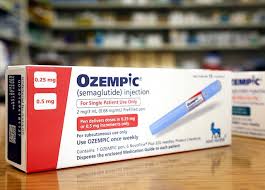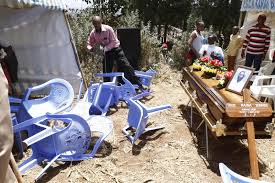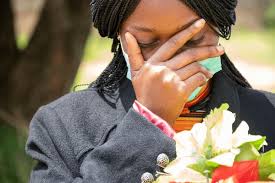ZIMBABWE is taking steps to eliminate tuberculosis (TB) in children, but faces hurdles in achieving detection and treatment goals.
This was revealed at a post 78th United Nations General Assembly High Level Meeting (UNHLM) on health feedback and all stakeholders meeting held in Harare this Monday.
While the country has achieved some success in overall TB detection at 81 percent, identifying cases in children remains at 67 percent.
This falls short of the UN target of 15 percent for childhood TB detection.
Ms Mitchell Tsiga, a TB survivor diagnosed at age 14, highlights the importance of early detection and child-friendly resources.
“I started showing the symptoms of TB when i was three-years-old, but because of lack of resources it was difficult to get a diagnosis so it took years for me to be diagnosed. My relatives thought i was bewitched, so they gave me herbs. When I was 14 that is when i was diagnosed with TB but it took longer for me to be treated. As a young TB survivor I think we should not leave children in the goal to end TB in children because if we leave children behind we will not end the country‘s TB burden so i think resources to fight TB should be child friendly so that children are capacitated,” she explains.
Government and its partners, who include the World Health Organisation (W.H.O) and Stop TB Partnership have put in place several mechanisms to end TB by 2030 through case identification, preventive treatment, increased funding and research.
“The idea is to drive progress towards ending TB by 2030 so the targets are focused on trying to identify TB cases, trying TB prevention using the TB preventive therapy and dealing with issues to do with increased funding for TB activities so that we can have good quality prevention and treatment and then issues to do with TB research.
“For drug resistant TB, our coverage in terms of identifying people with drug resistant TB, we are falling short in identifying everyone in the community who is suffering from dr+g resistant TB so we need more efforts to try to reach and pick up these people in the community and then same with children we have our targets of 15% of our cases to be children but we are around 6 percent. This means that we are failing to detect as much as possible children with TB, but there are various strategies that are ongoing like using stool to diagnose TB because it is difficult to get a sputum specimen so that makes it a challenge to identify children with TB,” said W.HO representative, Dr Mkhokheli Ngwenya.
Ministry of Health and Child Care acting deputy director TB Prevention and Control, Dr Fungai Kavenga weighed in, “Government, through the Ministry of Health and Child Care has a TB national strategic plan in place and there is focus on eliminating TB in children. There are a number of strategies that are in that plan including adoption and use of new tools and innovations such as the use of stool for diagnosing TB in children, expanded use of chest x-rays in children and capacity building in health care workers. We are also training our health care workers so that they are up to speed with what has to be done. As you may know TB is a little bit difficult to diagnose in a child compared to adults.”
Some of the missed targets according to the UN report are multiple dr+g resistant TB which was at 35 percent.
TB for preventive treatment for children under 5 is at 41 percent, TB preventive treatment for children over five (33 percent), while TB preventive treatment (TPT) for People Living with HIV exceeded the target at 242 percent.
SOURCE : ZBC NEWS










